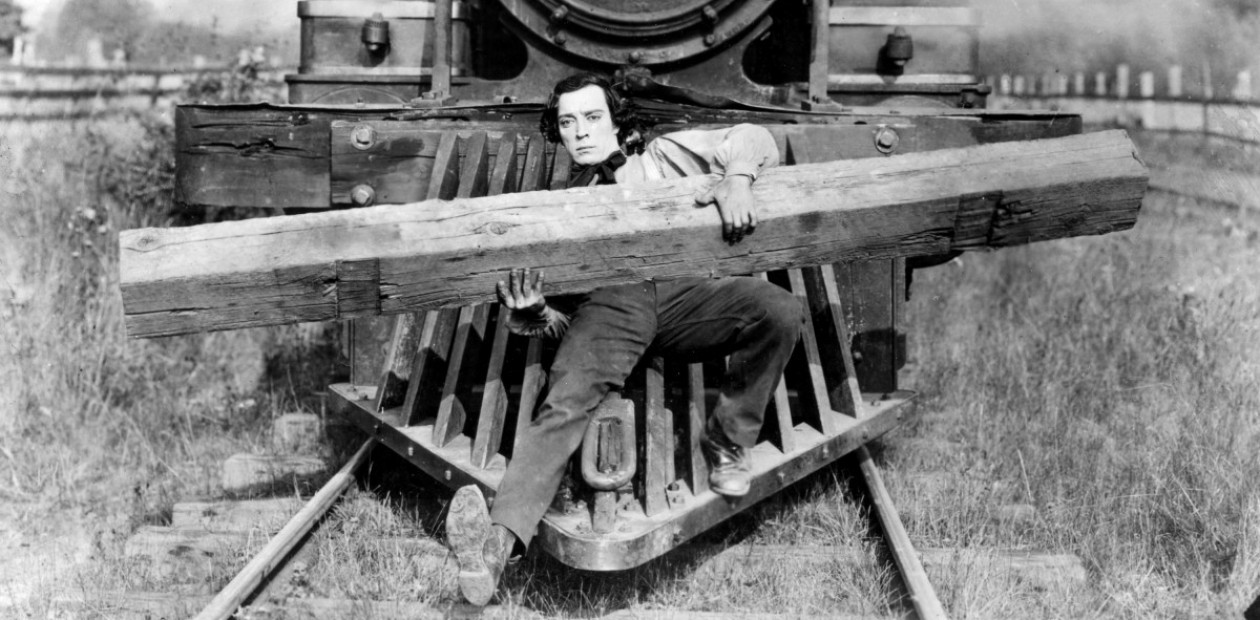https://www.youtube.com/watch?v=Chzhf7gQxIg
Saving Private Ryan (1988), was written by Robert Rodat and directed by Steven Spielberg. Saving Private Ryan, starring Tom Hanks is set in World War II. It’s about Ryan James Francis, a solider, who’s mother had lost three of her sons in the war except for Ryan, her last surviving. A mission is given to Captain John H. Miller (Tom Hanks) and other Soldiers to get Ryan out of the war, if they find him and get him home safely.
The Opening scene of Saving Private Ryan is actually a famous one. It’s Starts in 1944 during World War II’s Invasion of Normandy on Omaha Beach. It can definitely be considered a “hard” opening scene because the action is immediate. It leads from minutes of nervous, frightened soldiers to sudden realistic explosion of bombs, shots firing, gushing blood, open wounds, slowly dying and dead Soldiers for around 20 min. It leaves the audience with uneasy feelings of not knowing when it will be over, and asking just how the rest of the story will play out.
What’s compelling in this opening scene is when the soldiers begin to pray, and as they are praying the scenes go from one soldier to the next. You can see the sadness and them holding on, more like strongly and literally holding on to their faith. The one soldier who was laid out on the ground, with his intestines out of his body crying out loudly through the explosions, “Mama.” was the most heartbreaking thing to see. You can only imagine in real life, dying in war at a young age crying out for your family hoping to some how have them hold you and tell you everything will be alright, and hear them say what’s happening is not really happening. The opening alone can definitely make you tear up without having to get invested in a character first.




Spielberg often gets criticized for being too sentimental, but that notion is pretty much obliterated by SPR’s opening scene. a half-hour crucible in which we witness Allied soldiers storm Omaha beach on D-Day. Spielberg doesn’t show an upbeat scence full of acts of heroism or bravery, instead showing viewers an uncomfortably realistic barrage of bodies falling, drowning, blowing up, or otherwise being torn apart. It’s perhaps the most lauded scene of his career.
Maybe the biggest takeaway here is Spielberg didn’t storyboard the scene. That’s out of character for the director, and especially peculiar given how intricate the sequence is, but it also explains much of what makes it so good: The improvisational method allowed Spielberg to find the shots that most accurately evoked the brutality of war.